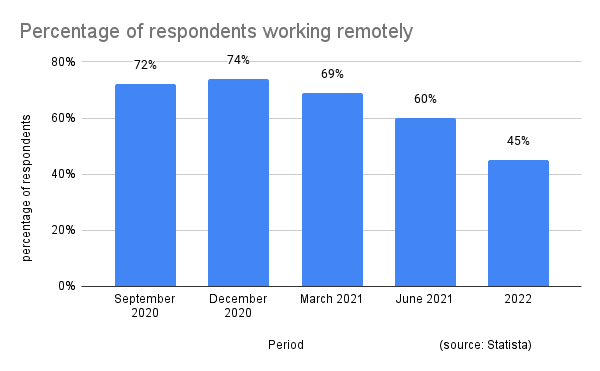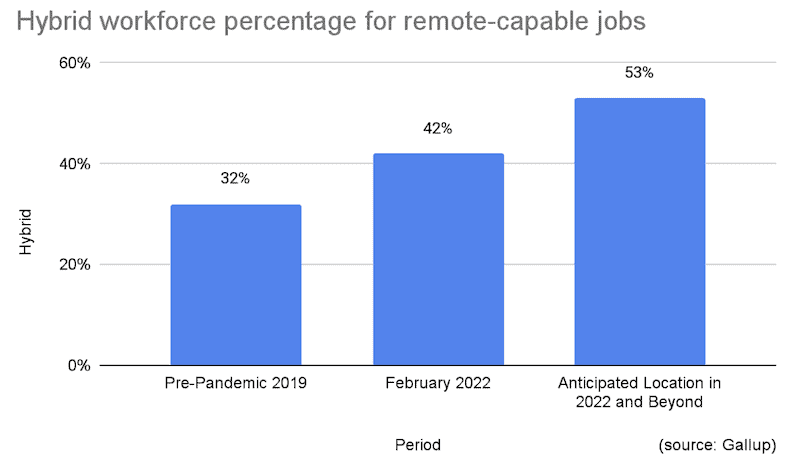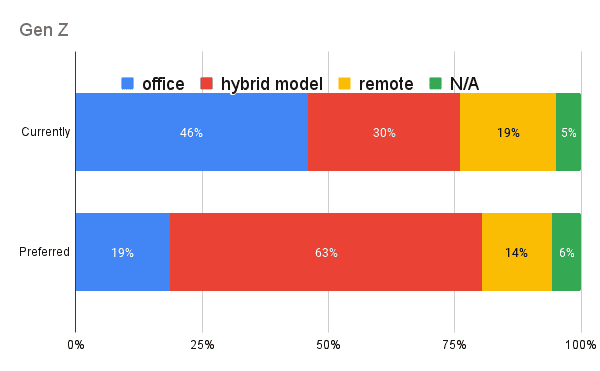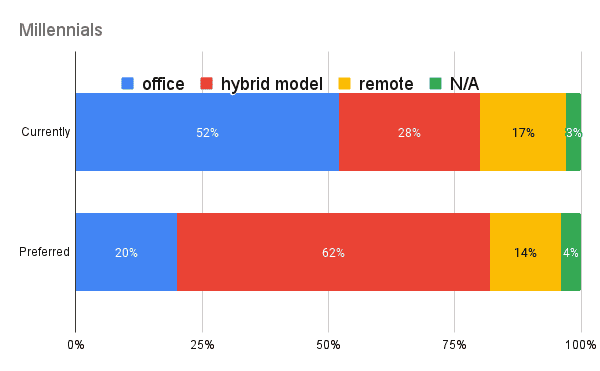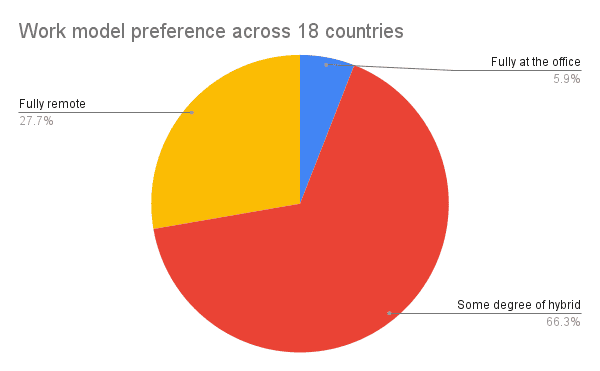In the context of the evolving work landscape, as more companies embrace hybrid work models, employees can work remotely for a part of the working week.
Coworking spaces serve as a suitable solution for those seeking an alternative to working from home while still enjoying the benefits of flexibility. Coworking spaces are beneficial for hybrid work employees for several reasons:
Professional Work Environment
Coworking spaces offer a dedicated, well-equipped workspace that resembles a traditional office, providing employees with a professional setting conducive to focus and productivity.
Social Interaction and Networking
Coworking spaces create a community of diverse professionals from various industries, enabling hybrid workers to interact, collaborate, and network with others, potentially leading to new ideas, partnerships, and career opportunities.
Improved Productivity
Coworking spaces offer a dedicated and distraction-free environment where employees can concentrate on their tasks without the interruptions commonly found at home.
Access to Facilities
Many coworking spaces offer facilities, such as high-speed Wi-Fi, meeting rooms, gyms, printing facilities, event spaces, and kitchen areas that enhance productivity and convenience for hybrid workers.
Flexible Space Options
Coworking spaces have flexible membership options, allowing employees to choose from various plans depending on how frequently they want to use the coworking space. 42workspace provides membership options like a day pass, premium desk, and more.
Geographical Flexibility
For hybrid workers who split their time between different locations, coworking spaces provide consistent access to a workspace regardless of where they are.
Coworking spaces can complement the hybrid work model by addressing the limitations and drawbacks of remote work, offering employees a physical workspace that complements remote work arrangements and amenities that contribute to their overall well-being and productivity.




